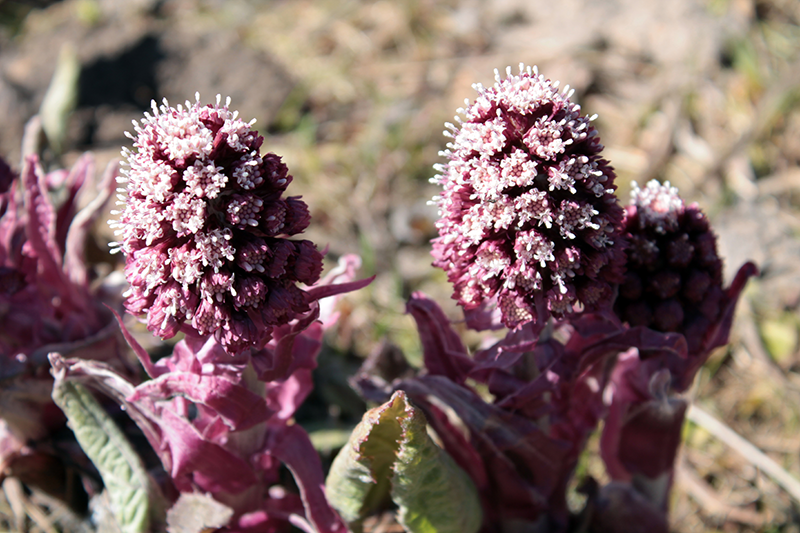Benefits of Butterbur
The benefits of butterbur are diverse, owing primarily to its active compounds, like petasin and isopetasin, which are believed to have anti-inflammatory, antispasmodic, and antihistamine properties. One of the most well-documented benefits of Butterbur is its ability to reduce the frequency and severity of migraines. Several studies suggest that Butterbur can be effective in migraine prophylaxis, making it a valuable tool for individuals struggling with this debilitating condition. (Source: NCCIH https://www.nccih.nih.gov/health/butterbur)
Beyond migraines, Butterbur has been explored for its efficacy in treating allergies, specifically hay fever (allergic rhinitis). Its natural antihistamine properties may help reduce symptoms such as sneezing, itching, and nasal congestion without the drowsiness associated with conventional antihistamines. Furthermore, its anti-inflammatory effects are being researched for potential benefits in treating conditions like asthma and bronchitis by potentially reducing bronchial inflammation and improving airflow.
What is Butterbur?
Butterbur (Petasites hybridus) is a perennial herb that has garnered attention for its potential health benefits and uses in traditional and modern herbal medicine. This versatile plant, native to Europe, Asia, and parts of North America, has been studied for its effects on various conditions, offering a natural alternative for those seeking holistic wellness solutions.
Uses of Butterbur
Historically, Butterbur was used for various ailments, ranging from plague and fever to cough and asthma. Today, its primary uses align with its potential benefits: as a natural treatment for migraine prevention, alleviating symptoms of allergic rhinitis, and possibly assisting in managing asthma and other respiratory conditions. The versatility of Butterbur extends into its potential use for gastrointestinal issues, given its antispasmodic properties, although more research is needed in this area.
Forms of Butterbur
Butterbur is available in several forms, catering to different preferences and uses. The most common forms include:
- Capsules and Tablets: These are the most convenient form for daily intake, especially for those using Butterbur for chronic conditions like migraines and allergies. They typically contain a standardized extract of Butterbur, ensuring a consistent dose of the active ingredients.
- Teas: Butterbur tea, made from the dried leaves or root of the plant, offers a more traditional way of consuming Butterbur. However, it’s essential to ensure that the tea is free from pyrrolizidine alkaloids (PAs), compounds that can be harmful if consumed in large amounts.
- Tinctures: These liquid extracts are another way to ingest Butterbur. Tinctures can be added to water or other beverages, offering a more controlled dosing method than teas.
- Topical Creams: While less common, some preparations involve Butterbur extract for topical use, primarily for skin-related conditions, though evidence supporting this application is limited.
How to Take Butterbur
When taking Butterbur, it’s crucial to choose products labeled as PA-free to avoid the risk associated with pyrrolizidine alkaloids, which can cause liver damage and other health issues. The recommended dosage of Butterbur varies depending on the form and the condition being treated but generally ranges from 50 to 150 mg daily for migraine prevention. It’s advisable to start with a lower dose to assess tolerance and gradually increase as needed under the guidance of a healthcare provider.
Who Should Not Take Butterbur
Despite its benefits, Butterbur is not suitable for everyone. Pregnant and breastfeeding women should avoid Butterbur due to the lack of safety data. Individuals with liver disease or those taking medications that affect the liver should also exercise caution. Because of its potential interactions with other drugs and supplements, it’s important to consult with a healthcare professional before starting Butterbur, especially for those with existing health conditions or those on medication.
What Other Supplements Are Often Used With Butterbur or Are Like Butterbur
Several supplements are often considered for those seeking natural remedies similar to Butterbur or to complement its effects. Feverfew is another herb known for its migraine-preventing properties and can be used alongside Butterbur. Magnesium and riboflavin (vitamin B2) are also popular for migraine prevention and may enhance the effects of Butterbur.
For allergies and respiratory conditions, quercetin, a natural flavonoid, is frequently recommended for its antihistamine and anti-inflammatory properties. Stinging nettle is another natural antihistamine that can be used with Butterbur for allergy relief.
Butterbur offers a promising natural alternative for managing migraines, allergies, and potentially other conditions. However, its use should be approached with caution, ensuring products are PA-free and consulting with a healthcare provider, especially for those with pre-existing conditions or taking other medications.


Free Shipping
on orders over $49*Sorry, coupons can't be combined.